What Is a Nebula? Key Facts for Space Lovers
-
Mahi
- NightSky
- No Comments
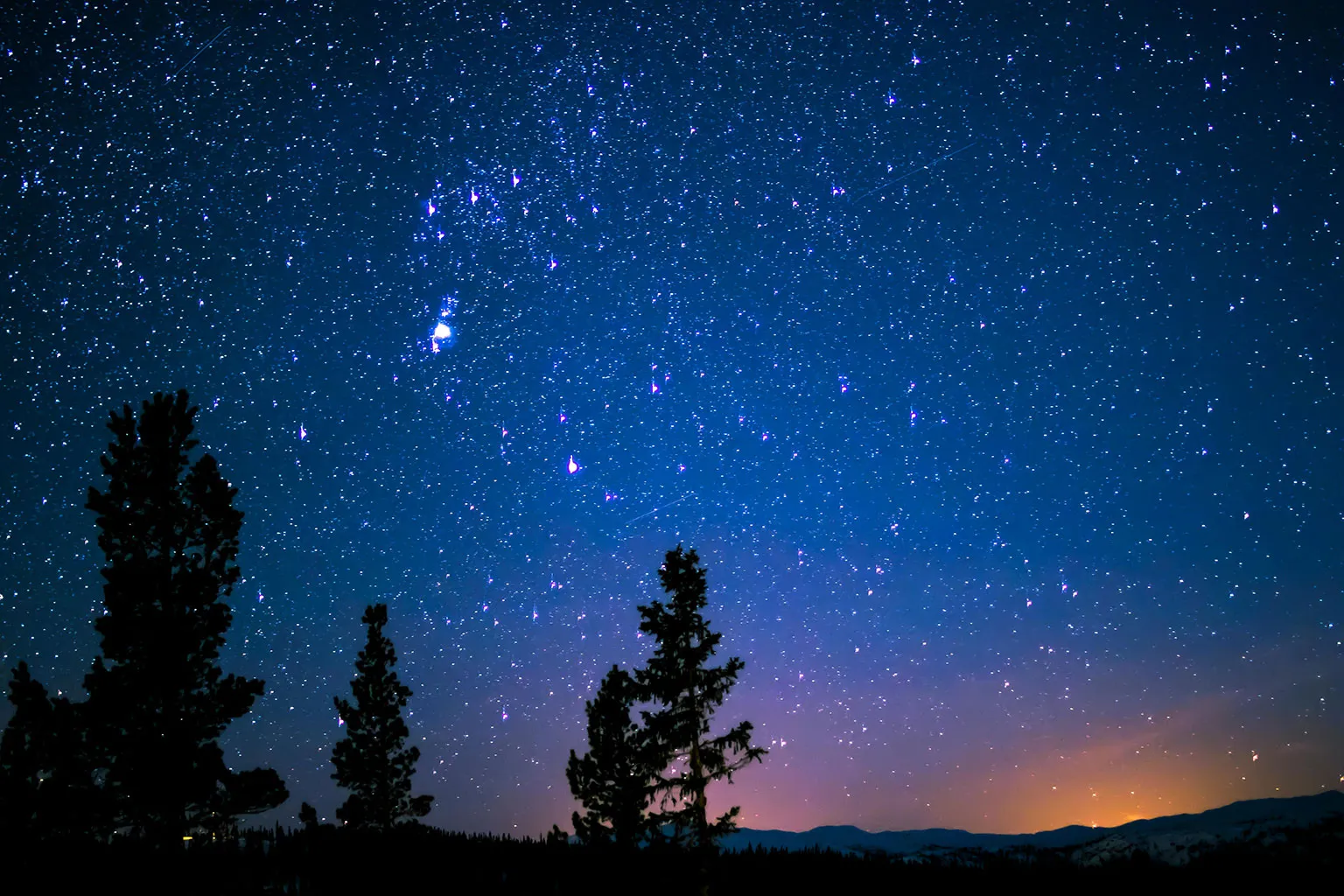
Table of Contents
Have you ever gazed at the night sky and wondered about those colorful, cloud-like patches in space? What is a nebula? These stunning cosmic clouds are made of dust, hydrogen, helium, and other gases, often serving as the birthplace of stars.
Nebulae come in different shapes and sizes, lighting up the universe with their vibrant hues. Whether you're a beginner or a seasoned space enthusiast, understanding nebulae opens a window into how stars form, evolve, and even how some meet their end. Let’s explore these dazzling wonders of the cosmos in simple, easy-to-follow terms!
What Is a Nebula?
A nebula (plural: nebulae or nebulas) is essentially a gigantic cloud of dust and gas in space. Imagine vast, cosmic wisps of material, much larger than our entire solar system. These clouds are primarily composed of hydrogen and helium, the two most abundant elements in the universe, along with trace amounts of other elements like carbon, oxygen, and nitrogen, often in the form of tiny dust grains.
Nebulae aren't just pretty cosmic clouds; they are crucial to the life cycle of stars. These stellar nurseries are where new stars are born as gravity pulls the dust and gas together, causing the cloud to collapse and heat up until nuclear fusion ignites.
Conversely, nebulae can also be the remnants of dying stars, like supernova explosions, which scatter heavy elements back into space, enriching the cosmic environment for future generations of stars and planets. They are truly fundamental to understanding the universe's evolution.
How Do Nebulae Form in Space?
Nebulae, often called the "nurseries of stars," are among the most breathtaking and vital structures in our universe. These vast, beautiful clouds of gas and dust are not just pretty cosmic artwork; they play a crucial role in the stellar life cycle. But how exactly do these magnificent formations come into being? Let's explore the fascinating processes behind their creation.
Birth from Dying Stars
A nebula can form in different ways depending on the star’s size. When a massive star ends its life, it explodes in a powerful supernova, sending vast amounts of gas and dust into space and creating a striking nebula like the famous Crab Nebula, which was observed in 1054 CE.
On the other hand, smaller stars like our Sun don’t explode but slowly shed their outer layers as they become white dwarfs. This process creates what is called a planetary nebula, named for its round, planet-like appearance seen through early telescopes, though it has nothing to do with actual planets.
Both supernova remnants and planetary nebulae play a vital role in enriching the interstellar space with heavier elements, contributing to the ongoing cycle of star formation and cosmic renewal.
Clouds of Gas and Dust
Not all nebulae are born from stellar death. Many originate from the vast, cold, and often turbulent clouds of gas and dust that permeate galaxies. These enormous interstellar clouds are primarily composed of hydrogen and helium, along with trace amounts of heavier elements forged in previous generations of stars.
These regions are incredibly diffuse, far less dense than any vacuum we can create on Earth, but over vast cosmic distances, the sheer volume of material adds up.
Within these giant molecular clouds, various forces can trigger the formation of denser regions. Stellar winds from nearby hot, massive stars, the shockwaves from supernova explosions, or even galactic collisions can compress parts of these clouds. As these areas become denser, they begin to attract more material, setting the stage for the next crucial step in nebula formation.
Role of Gravity and Light
Gravity acts as the main driver, pulling together denser regions within the nebula. This gravitational collapse causes gas and dust to gather, increasing pressure and temperature, which can eventually trigger the birth of new stars.
Light from nearby stars also significantly influences nebulae. In emission nebulae, intense ultraviolet radiation from young, hot stars ionizes hydrogen gas, causing the nebula to glow with vivid colors. Examples include the famous Orion Nebula.
Reflection nebulae, on the other hand, don’t emit light themselves but reflect the light of nearby stars, often appearing blue because blue light scatters more efficiently. Finally, dark nebulae are dense clouds of dust that block light from stars or other nebulae behind them, creating striking dark silhouettes like the Horsehead Nebula.
Understanding what a nebula is and how gravity and light shape these structures helps us grasp the complex processes of star formation and the dynamic evolution of galaxies, highlighting nebulae as fundamental components of the cosmos.
Different Types of Nebulae and Their Features
What is a nebula? A nebula is an awe-inspiring celestial cloud of gas and dust, often spanning vast distances across interstellar space. These cosmic nurseries are where stars are born, and sometimes, where they end their lives. Each type of nebula offers a unique glimpse into the dynamic processes shaping our universe.
Emission Nebulae
- Description: These nebulae glow with their light, much like a neon sign. This luminescence is caused by energetic ultraviolet (UV) radiation from nearby hot, young stars. The UV light ionizes the hydrogen gas within the nebula, causing it to emit light as electrons recombine with the hydrogen ions.
- Appearance: Often characterized by vibrant red hues due to the strong emission from hydrogen, though other colors can also be present depending on the elements ionized.
- Examples: The Orion Nebula (M42) is a famous example, easily visible to the naked eye under dark skies, showcasing a spectacular display of star formation.
Reflection Nebulae
- Description: Unlike emission nebulae, reflection nebulae don't emit their light. Instead, they appear bright because they reflect the light from nearby stars. The dust particles within the nebula scatter the starlight, making the cloud visible.
- Appearance: Typically appear bluish, as blue light scatters more efficiently than red light (the same principle that makes Earth's sky blue).
- Examples: The Pleiades Star Cluster is famously enveloped by a beautiful reflection nebula, illuminated by the cluster's hot, young stars.
Dark Nebulae
- Description: These nebulae are also composed of dust and gas, but they are so dense that they block out the light from stars or other nebulae behind them. They appear as dark patches or silhouettes against a brighter background.
- Appearance: Seemingly empty regions in the night sky, often with irregular shapes. They are essentially reflection or emission nebulae that are not being illuminated or are too dense to allow light to pass through.
- Examples: The Horsehead Nebula in Orion is a prime example, silhouetted against a bright emission nebula, forming its iconic shape.
Planetary Nebulae
- Description: Despite their name, what is a nebula that has nothing to do with planets? Planetary nebulae are the expanding shells of gas shed by dying stars of a certain mass (similar to our Sun) in the final stages of their lives. As the star exhausts its nuclear fuel, it expels its outer layers into space.
- Appearance: Often display symmetrical and intricate shapes, resembling rings, bubbles, or even more complex forms. They are typically much smaller and denser than other nebula types. Their central star, now a white dwarf, is often visible.
- Examples: The Ring Nebula (M57) in Lyra and the Cat's Eye Nebula (NGC 6543) are stunning examples, showcasing the beautiful and diverse forms these stellar remnants can take.
Supernova Remnants
- Description: These nebulae are the expanding clouds of gas and dust created by the colossal explosion of a massive star, known as a supernova. The shockwave from the explosion sweeps up surrounding interstellar material, heating it and causing it to glow.
- Appearance: Often appear as irregular, filamentary structures with a chaotic and turbulent appearance, reflecting the violent event that created them. They can emit across various wavelengths, from radio waves to X-rays.
- Examples: The Crab Nebula (M1) is a famous supernova remnant, resulting from a supernova observed in 1054 AD. It is a powerful source of radiation and continues to expand and evolve.
What is a Nebula Made Of?
If you've ever gazed at breathtaking images of nebulae, you might wonder about their cosmic composition. So, what is a nebula exactly made of? These magnificent celestial clouds are primarily sculpted from two main components: gases and dust particles.
Gases Like Hydrogen and Helium
The vast majority of a nebula's mass consists of gases, with the most abundant being:
- Hydrogen (H): This is the most common element in the universe and the primary building block of stars. In nebulae, hydrogen often exists in a neutral atomic state or as ionized hydrogen (HII) when illuminated by nearby hot stars, creating the vibrant red glow seen in many emission nebulae.
- Helium (He): The second most abundant element, helium is also a significant constituent of nebulae. Like hydrogen, it plays a crucial role in the processes of star formation that occur within these cosmic nurseries.
These gases are incredibly diffuse, meaning they are spread out over vast distances. Even though a nebula might span light-years, the density of its gas can be far less than the best vacuum we can create on Earth.
Dust Particles and Elements
While gases make up the bulk, dust particles are also an essential component of nebulae, particularly in dark nebulae, where they obscure light from background stars. This cosmic dust is not like the dust bunnies under your bed; instead, it's composed of microscopic grains of various elements and compounds, including:
- Silicates: These are rocky materials, similar to sand and glass, and are a common component of planetary bodies.
- Carbon: Carbon-based molecules and graphite grains are also prevalent. These can form complex organic molecules, which are the building blocks of life.
- Ice: In colder regions of nebulae, water ice, methane ice, and ammonia ice can condense onto dust grains.
- Trace Elements: Smaller amounts of other elements like iron, magnesium, and various metals are also incorporated into these dust grains.
These tiny dust particles, though minute, play a critical role. They act as cooling agents, radiating away energy and allowing the denser regions of nebulae to contract under gravity, eventually leading to the birth of new stars and planetary systems.
Together, these gases and dust particles create the spectacular and diverse forms we observe as nebulae, from the bright, glowing emission nebulae to the dark, silhouetted absorption nebulae.
Where Can You Find Nebulae in the Universe?
Nebulae, often called the "nurseries of stars," are among the most captivating objects in the cosmos. But where exactly can you find these magnificent clouds of gas and dust?
The answer is: they're everywhere! From our cosmic backyard to the furthest reaches of the observable universe, a nebula is a fundamental building block of galactic structure and stellar evolution.
Nebulae in our Milky Way
Nebulae in our Milky Way are found mainly in the galaxy’s spiral arms, where star formation is most active. These regions have dense clouds of gas and dust that collapse under gravity to create new stars.
Emission nebulae, such as the famous Orion Nebula (M42) and the Lagoon Nebula (M8), shine brightly because young, hot stars ionize the surrounding gas. When massive stars explode as supernovae, they leave behind supernova remnants, expanding shells of gas and dust like the Crab Nebula (M1), which emit strong X-rays and radio waves.
Planetary nebulae form from dying sun-like stars shedding their outer layers, creating beautiful, glowing shells of gas. The Ring Nebula (M57) is a well-known example of this type.
Lastly, dark nebulae are dense clouds of dust that block light from stars behind them, creating striking silhouettes. The iconic Horsehead Nebula, part of the Orion Molecular Cloud Complex, is a famous dark nebula. Together, these nebulae highlight the ongoing cycle of star birth, death, and renewal within our galaxy.
Nebulae in Distant Galaxies
Nebulae in distant galaxies are essential for understanding how stars form and galaxies evolve throughout the universe. In starburst galaxies, those experiencing intense star formation, large, bright nebulae act as massive stellar nurseries, sometimes spanning thousands of light-years.
Spiral galaxies like the Milky Way and Andromeda tend to have their nebulae concentrated in their spiral arms, appearing as bright clusters of gas and dust. Irregular galaxies, often shaped by past collisions or interactions, contain many scattered, luminous nebulae, such as the famous Tarantula Nebula in the Large Magellanic Cloud, known for its active star formation.
When galaxies merge, the gravitational forces compress gas and dust, triggering bursts of star birth and creating vast glowing nebulae. Even in the very early universe, billions of light-years away, primordial nebulae mark the formation of the first stars and galaxies.
The light from these ancient nebulae offers astronomers a unique glimpse into the universe’s infancy and its ongoing evolution. By studying nebulae across different types of galaxies and cosmic times, scientists uncover the dynamic processes shaping the cosmos and fueling the continuous cycle of star birth and death.
How Big Is a Nebula?
When we talk about the size of a what is a nebula, we're often discussing objects that dwarf anything we can comprehend on Earth. These cosmic clouds of gas and dust come in an astonishing range of sizes, from relatively small to truly gargantuan.
Comparing Sizes of Nebulae
- Planetary Nebulae: Don't let the name fool you; these aren't related to planets. They're the glowing shells of gas shed by dying stars like our Sun. They are among the smaller types of nebulae, typically only a few light-years across. For perspective, one light-year is about 9.46 trillion kilometers (5.88 trillion miles). So, even these "small" nebulae are immense!
- Emission Nebulae (HII Regions): These are vast clouds of ionized gas, often the birthplaces of stars. Famous examples like the Orion Nebula can span dozens of light-years. Within these, you might find regions of new star formation, creating spectacular, colorful displays.
- Supernova Remnants: These are the expanding shells of material left behind after a massive star explodes. Their size can vary greatly depending on their age, but they can easily stretch for tens of light-years. The Crab Nebula, a well-known supernova remnant, is currently about 11 light-years across and is still expanding.
- Giant Molecular Clouds (GMCs): These are the largest known types of nebulae, and they are truly mind-boggling in scale. GMCs are cold, dense clouds of molecular hydrogen and other gases, and they are where entire clusters of stars are born. They can extend for hundreds of light-years, sometimes even over a thousand. These immense structures contain enough material to form millions of stars.
The Vast Scale of Space Clouds
The sheer scale of nebulae highlights the vastness of space itself. To put it into perspective:
- If our entire solar system (including the Oort Cloud, the furthest reach of the Sun's gravitational influence) were placed inside even a small planetary nebula, it would be a speck.
- Travel across even the closest emission nebula would take centuries, even at the speed of light.
- The largest nebulae, the Giant Molecular Clouds, are so immense that they can span significant portions of a galaxy's spiral arm.
These celestial clouds, regardless of their size, are dynamic and ever-changing. They are the cosmic sculptors, shaping the universe by giving birth to new stars and planetary systems, or by dispersing material back into space after a star's demise. Studying their sizes helps astronomers understand the processes of star formation, stellar evolution, and the overall structure of galaxies.
How Do Nebulae Help Create New Stars?
Nebulae, often called "stellar nurseries," are the birthplaces of stars. These vast interstellar clouds of gas and dust are not merely passive backdrops in the cosmos; they are dynamic environments where the fundamental forces of gravity and matter collide to ignite new stellar life. Understanding what a nebula is is crucial to grasping the stellar life cycle.
Star Formation Process
What is a nebula’s role in star formation? It’s the birthplace where diffuse gas and dust clouds undergo a fascinating transformation into stars. The process starts with gravitational collapse, triggered by events like nearby supernovae or cloud collisions.
The collapsing cloud fragments into smaller clumps, each forming a protostar, a hot, dense core not yet igniting fusion. Surrounding material forms an accretion disc feeding the protostar, while bipolar outflows clear excess gas.
When the core reaches about 15 million degrees Celsius, nuclear fusion begins, turning the protostar into a stable main-sequence star balanced by gravity and fusion pressure. This cycle highlights the critical role nebulae play in creating new stars.
The Role of Nebulae in the Life Cycle of Stars
What is a nebula? It’s a crucial cosmic cloud that serves as the raw material provider for star formation, containing hydrogen, helium, and heavier elements. Nebulae act as stellar nurseries where gas and dust are compressed by forces like supernova shockwaves, triggering new stars to form. Often, many stars form together in these nebulae, creating star clusters.
Additionally, nebulae recycle and enrich the universe’s matter by absorbing elements from exploded stars, enabling the next generation of stars and planets to form. In short, nebulae are dynamic hubs driving the ongoing cycle of star birth, life, and death in the cosmos.
What Is the Most Famous Nebula?
When we talk about nebulae, certain celestial showpieces immediately come to mind due to their stunning beauty, scientific significance, and iconic status in astronomical imagery. While countless nebulae grace our universe, a few stand out as truly famous, captivating both scientists and the public alike.
The Orion Nebula
Without a doubt, the Orion Nebula (M42) holds the undisputed title of the most famous and frequently observed nebula. Located in the "sword" of the constellation Orion, it's a cosmic nursery where new stars are actively being born.
- Proximity and Visibility: Its fame is partly due to its relative proximity to Earth, only about 1,344 light-years away, making it one of the closest massive star-forming regions to us. It's even visible to the naked eye as a fuzzy patch of light, making it a popular target for amateur astronomers.
- Stellar Genesis: The Orion Nebula is a perfect example of what a nebula is in action – a vast cloud of gas and dust collapsing under its gravity to form new stars and planetary systems.
Key Features:
- The Trapezium Cluster: At its heart lies the Trapezium Cluster, a tight group of hot, young, massive stars whose intense ultraviolet radiation illuminates and ionizes the surrounding gas, causing it to glow brightly.
- Proplyds: The nebula is also home to "proplyds" (protoplanetary disks), which are young stellar objects surrounded by disks of gas and dust – the very precursors to planetary systems like our own.
- Dynamic Beauty: Its intricate wisps, glowing filaments, and dark lanes of dust create a breathtaking tapestry of cosmic art, making it a perennial favorite for astrophotographers.
The Eagle Nebula and Pillars of Creation
Another strong contender for the title of "most famous" is the Eagle Nebula (Messier 16 or M16), renowned for its iconic structures known as the Pillars of Creation.
- Stunning Imagery: Made famous by the Hubble Space Telescope's breathtaking images, the Pillars of Creation are towering structures of interstellar gas and dust, sculpted by the fierce winds and intense ultraviolet light from nearby massive, young stars.
- Stellar Incubation: These pillars are not just visually spectacular; they are also active sites of star formation. Denser knots of gas and dust within the pillars are collapsing to form new stars, hidden within the opaque cocoons.
- Dynamic Evolution: The destructive power of massive stars is evident here. While they illuminate the nebula and trigger star formation, their intense radiation is also slowly eroding the pillars, a powerful reminder of the dynamic and ever-changing nature of the cosmos.
- Art and Science: The Eagle Nebula, particularly its Pillars of Creation, beautifully illustrates the interplay between destructive and constructive forces in the universe, making it a subject of fascination for both its scientific insights and its sheer artistic grandeur.
Can You See a Nebula with the Naked Eye?
While many nebulae are too faint or distant to be seen without optical aid, the answer is yes, some nebulae are indeed visible to the naked eye! The visibility depends heavily on factors like the nebula's brightness, its size, your location (light pollution is a major hindrance), and your eyesight. These objects often appear as fuzzy patches or faint glows in the night sky.
Best Nebulae Visible from Earth
- The Orion Nebula (M42): This is by far the most famous and easily observable nebula with the naked eye. Located in the "sword" of the constellation Orion, it appears as a fuzzy star even from moderately light-polluted areas. Under dark skies, its cloudy nature becomes more apparent.
- The Carina Nebula (NGC 3372): For observers in the Southern Hemisphere, the Carina Nebula is a spectacular sight, much larger and brighter than the Orion Nebula. It's a vast star-forming region that can be seen as a large, bright patch in the sky.
- The Lagoon Nebula (M8): Located in the constellation Sagittarius, the Lagoon Nebula is another good target for naked-eye observation, particularly from darker skies. It appears as a distinct hazy patch.
Tools Like Telescopes and Binoculars
While some nebulae are visible without assistance, telescopes and binoculars dramatically enhance the viewing experience. Using binoculars (like 7x50 or 10x50) can significantly improve your ability to spot fainter nebulae and resolve more detail in the brighter ones.
They gather more light than your eyes alone, making diffuse objects more noticeable. Binoculars are also excellent for wide-field views, allowing you to see the nebula within its surrounding star field.
Telescopes, on the other hand, offer even greater light-gathering power and magnification. Through a telescope, nebulae that appear as faint smudges to the naked eye can reveal intricate structures, colors, and embedded star clusters.
Different types of telescopes (reflectors, refractors) and varying apertures will offer different views, but even a modest amateur telescope can provide breathtaking observations of these cosmic clouds. Using filters designed for nebulae can further enhance contrast and reveal even more detail.
What Do Nebulae Look Like in Space Photos?
Nebulae are some of the most visually stunning objects captured in space photographs, showcasing a breathtaking array of colors and intricate shapes.
Colors and Shapes of Nebulae
What is a nebula when it comes to its colors and shapes? Nebulae are glowing clouds of gas and dust that display vibrant colors, reds from hydrogen, blues and greens from oxygen, caused by the way nearby stars ionize these elements.
Their shapes vary widely: some, like the Orion Nebula, are large and swirling with active star formation, while others, such as the Pillars of Creation, show dramatic, pillar-like structures where new stars emerge.
Planetary nebulae, created from dying stars, often form beautiful, symmetric rings or shells. This diversity in appearance reflects the unique processes of star birth and death, along with the effects of gravity and radiation shaping these cosmic clouds.
How NASA Captures Nebula Images
To reveal the true beauty of what a nebula is, NASA uses powerful space telescopes like Hubble and James Webb. These instruments capture light in various wavelengths, such as infrared and ultraviolet, unseen by the human eye.
Using special filters, they isolate light from different elements in the nebula. Scientists then assign colors to these filtered images in a method called false color imaging, helping highlight structure and composition. Multiple exposures are combined and processed to produce the stunning, detailed images we see.
How Long Do Nebulae Last in Space?
What is a nebula’s lifespan? Nebulae can last anywhere from a few thousand to millions of years, depending on their type. Star-forming regions like the Orion Nebula remain active for millions of years, continually producing new stars. In contrast, planetary nebulae, formed from dying sun-like stars, last only tens of thousands of years, while supernova remnants fade within a few thousand years.
When a nebula disappears, its material isn’t destroyed; instead, it spreads into the interstellar medium. This recycled gas and dust eventually help form new stars and nebulae. So, the lifespan of what is a nebula is part of a larger cosmic cycle of birth, death, and renewal in the universe.
Are Nebulae Dangerous or Safe?
Can They Harm Planets or Life? Nebulae, despite their often dramatic appearance, pose no direct threat to planets or life within established solar systems. They are incredibly diffuse, meaning their gas and dust are spread out over vast distances, making them far less dense than any vacuum on Earth.
Passing through a nebula would have a negligible impact on a solar system. While energetic events like supernovae (which create some nebulae) are dangerous, they are rare, and our solar system isn't near one. Earth's atmosphere and magnetic field also provide excellent protection.
Their Role in Space Without Threat
Far from being dangerous, nebulae are essential and beneficial components of the cosmos. They are the stellar nurseries where new stars and planetary systems are born, and they enrich space with heavier elements necessary for rocky planets and life itself.
The material from what is a nebula is recycled, contributing to the ongoing cycle of cosmic creation. Therefore, what is a nebula is not a threat, but a vital and beautiful part of the universe's evolution.
Nebula vs Galaxy: What’s the Difference?
Size, Structure, and Purpose: What is a nebula? It's a vast cloud of gas and dust within a galaxy, serving as a stellar nursery or a remnant of dying stars. Nebulae are relatively small, from light-years to hundreds of light-years across, and are diffuse, lacking a central gravitational pull.
In contrast, a galaxy is an immense, gravitationally bound system of billions to trillions of stars, gas, dust, and dark matter. Galaxies span thousands to hundreds of thousands of light-years and are the fundamental "cities" of the universe, each with a central gravitational core.
Why People Often Confuse Them
The confusion often arises from how both appear as colorful, swirling masses in deep-space images, making their scale seem similar. However, the crucial difference is that a galaxy contains nebulae, but a nebula does not contain galaxies.
A nebula is a component within a larger galaxy. Understanding this hierarchical relationship, galaxy as a vast island of stars, and what the nebula is as a cloud inside that island, helps clarify their distinct roles in the cosmos.
What is a nebula? It’s a massive cloud of gas and dust in space, where stars are born and die. Nebulae can last from thousands to millions of years and help recycle elements across the galaxy. They aren’t dangerous to Earth, as they’re too diffuse to pose a threat.
Unlike galaxies, which are vast systems of stars, a nebula is just one part of a galaxy. These cosmic clouds beautifully illustrate the life cycle of stars and the ever-changing nature of the universe.
FAQ
1. What is a nebula?
A nebula is a giant cloud of gas (mostly hydrogen and helium) and dust in space.
2. What is the main purpose of a nebula?
Nebulae are often called "stellar nurseries" because they are the places where new stars and planetary systems are formed.
3. Are all nebulae the same?
No, there are different types! Some are where stars are born (emission nebulae, dark nebulae), while others are the remnants of dead stars (planetary nebulae, supernova remnants).
4. How big are nebulae?
They are enormous! A single nebula can span from a few light-years to hundreds of light-years across.
5. Are nebulae dangerous to us?
No, not at all. They are so spread out (diffuse) that if our solar system passed through one, we wouldn't even notice.
6. How long do nebulae last?
Their lifespans vary greatly. Star-forming nebulae can last millions of years, while planetary nebulae and supernova remnants only last tens of thousands or a few thousand years before dispersing.
7. Is a nebula the same as a galaxy?
No. A galaxy is a massive collection of billions of stars, gas, and dust (like our Milky Way), and nebulae are just components within a galaxy.
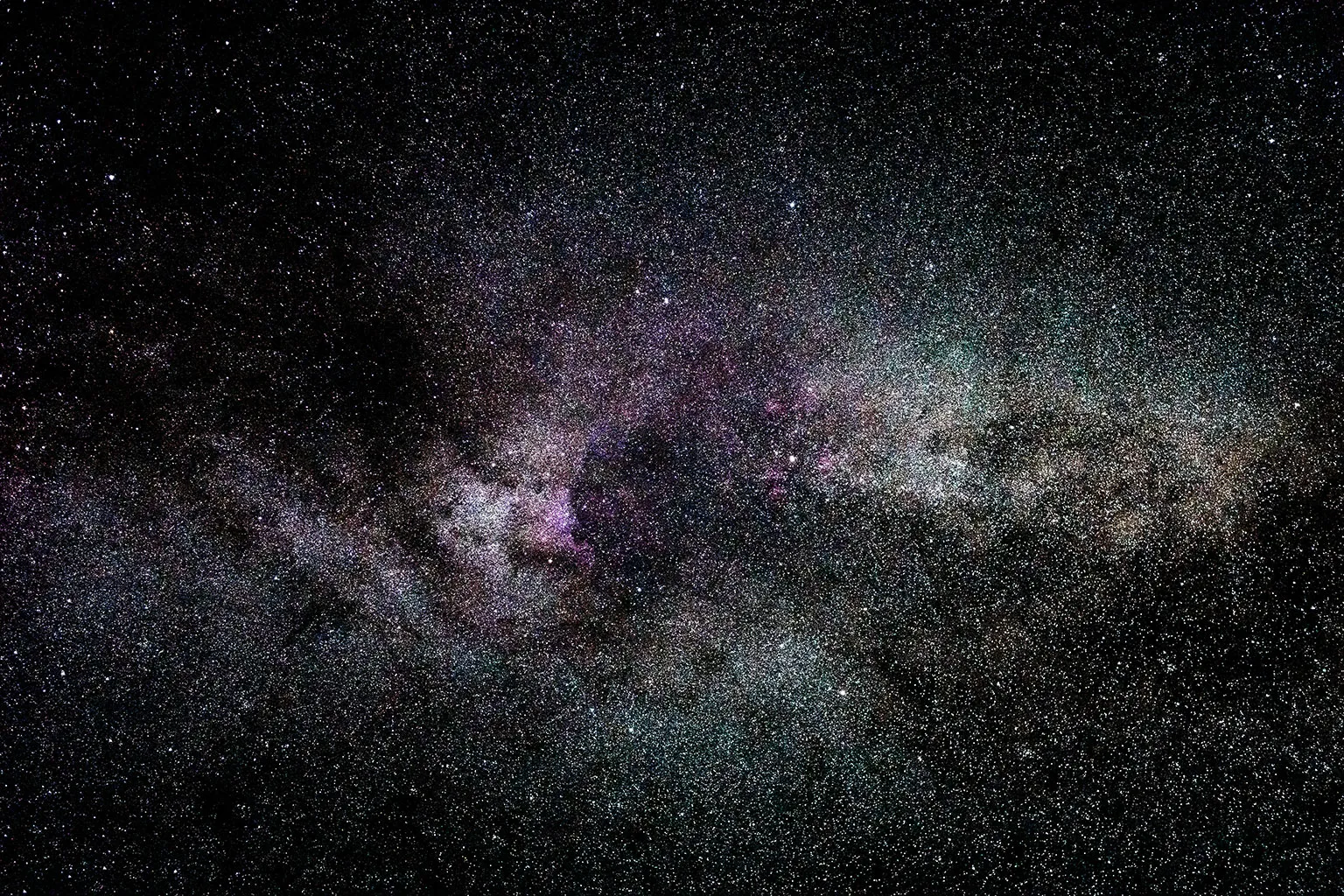
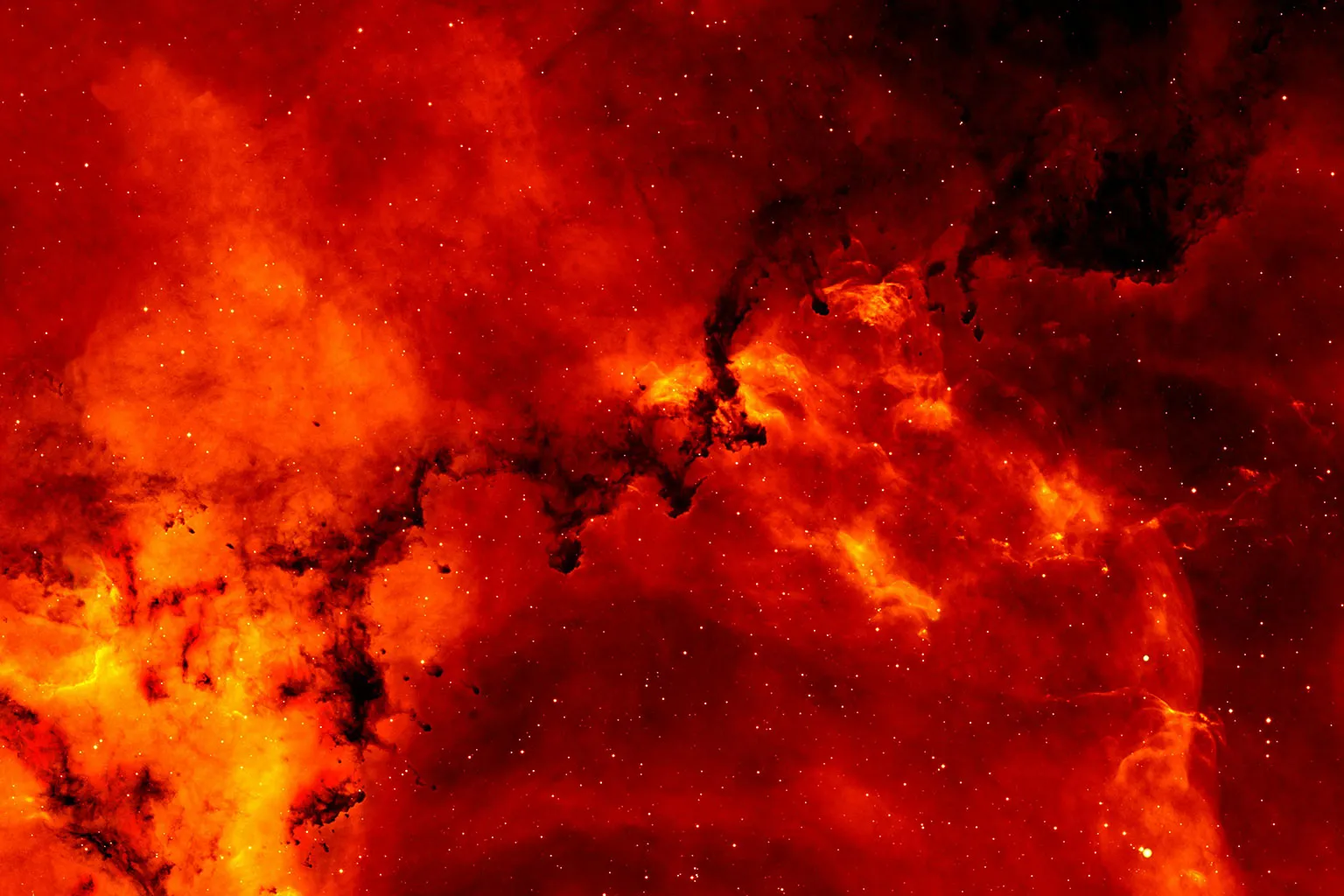

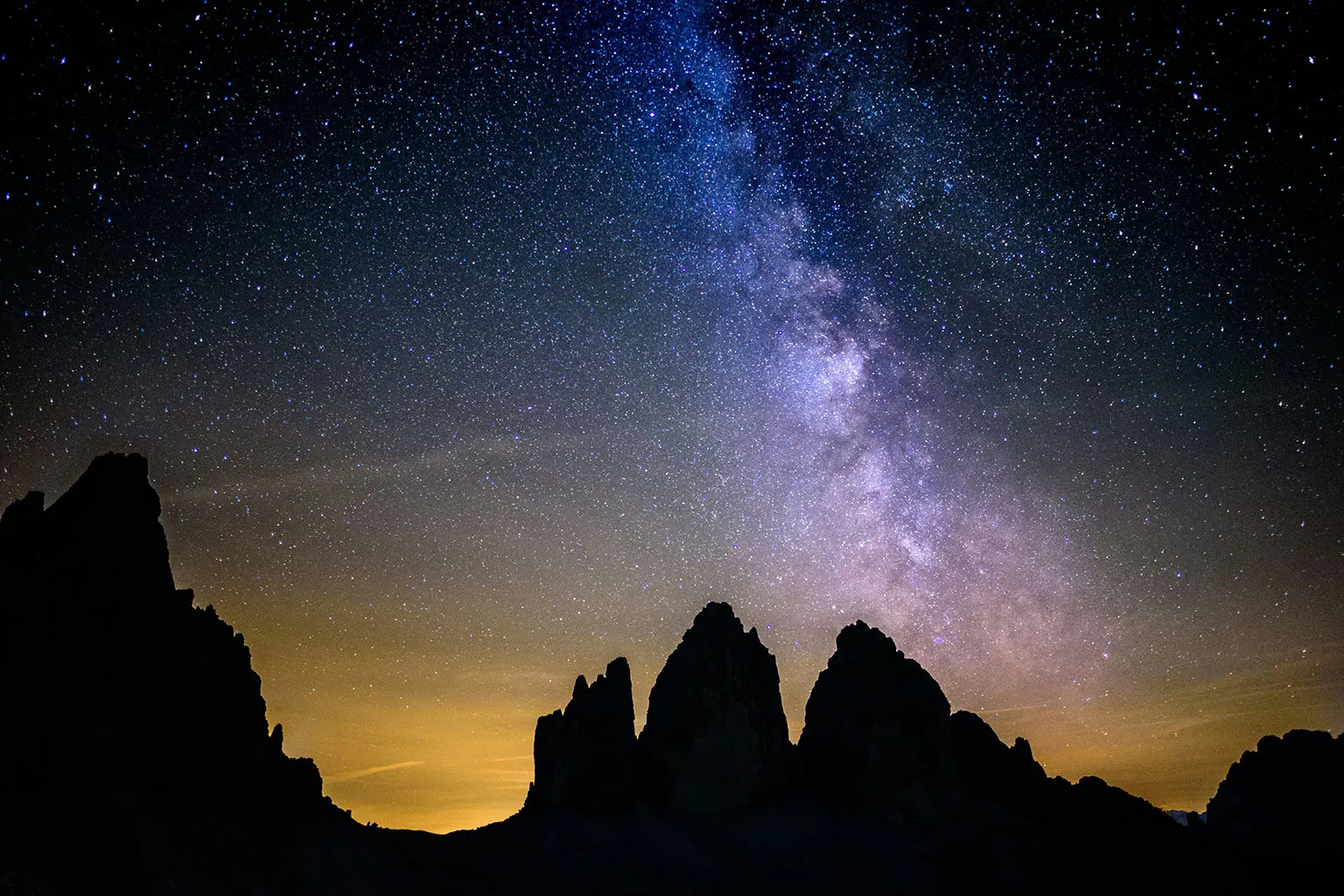
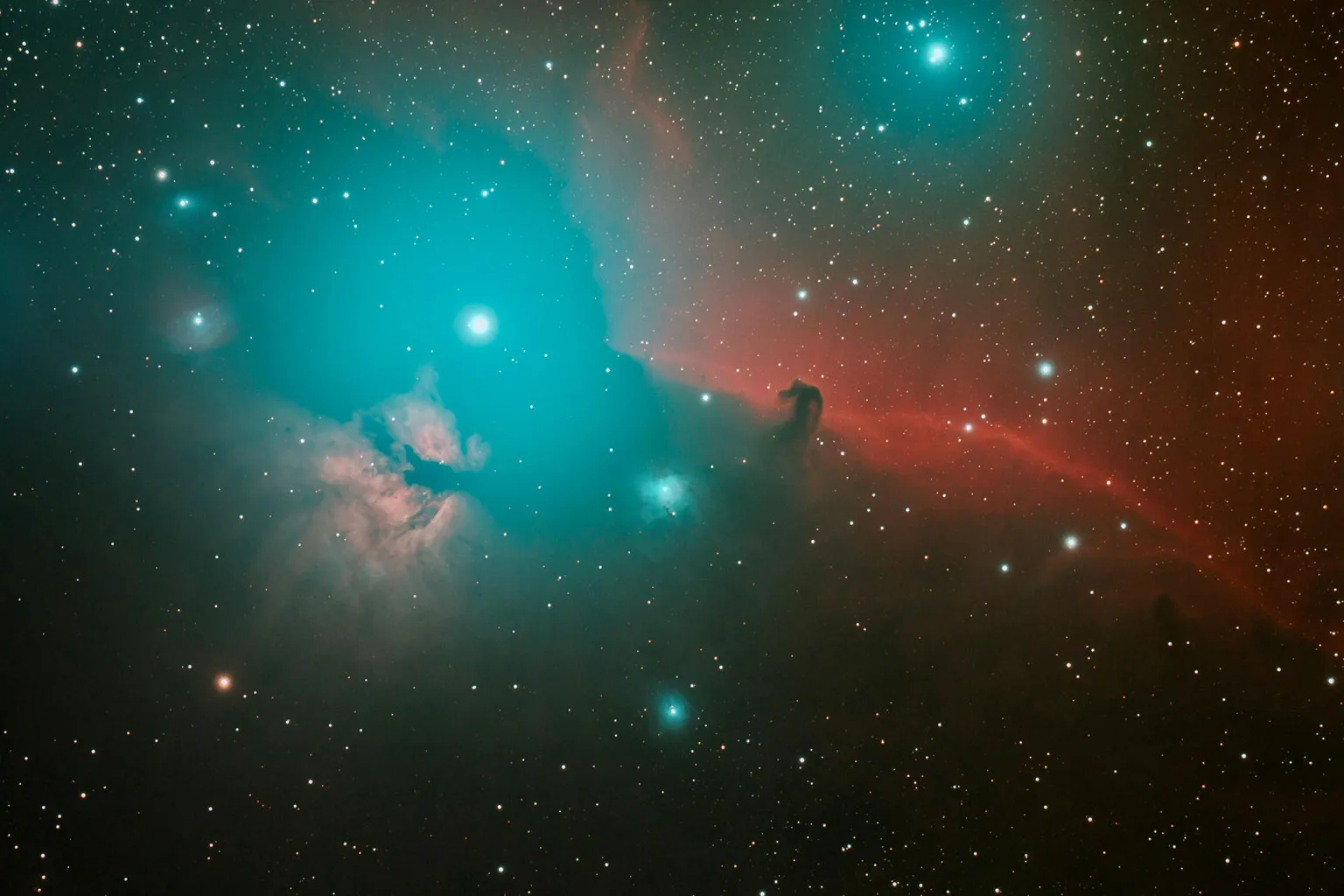
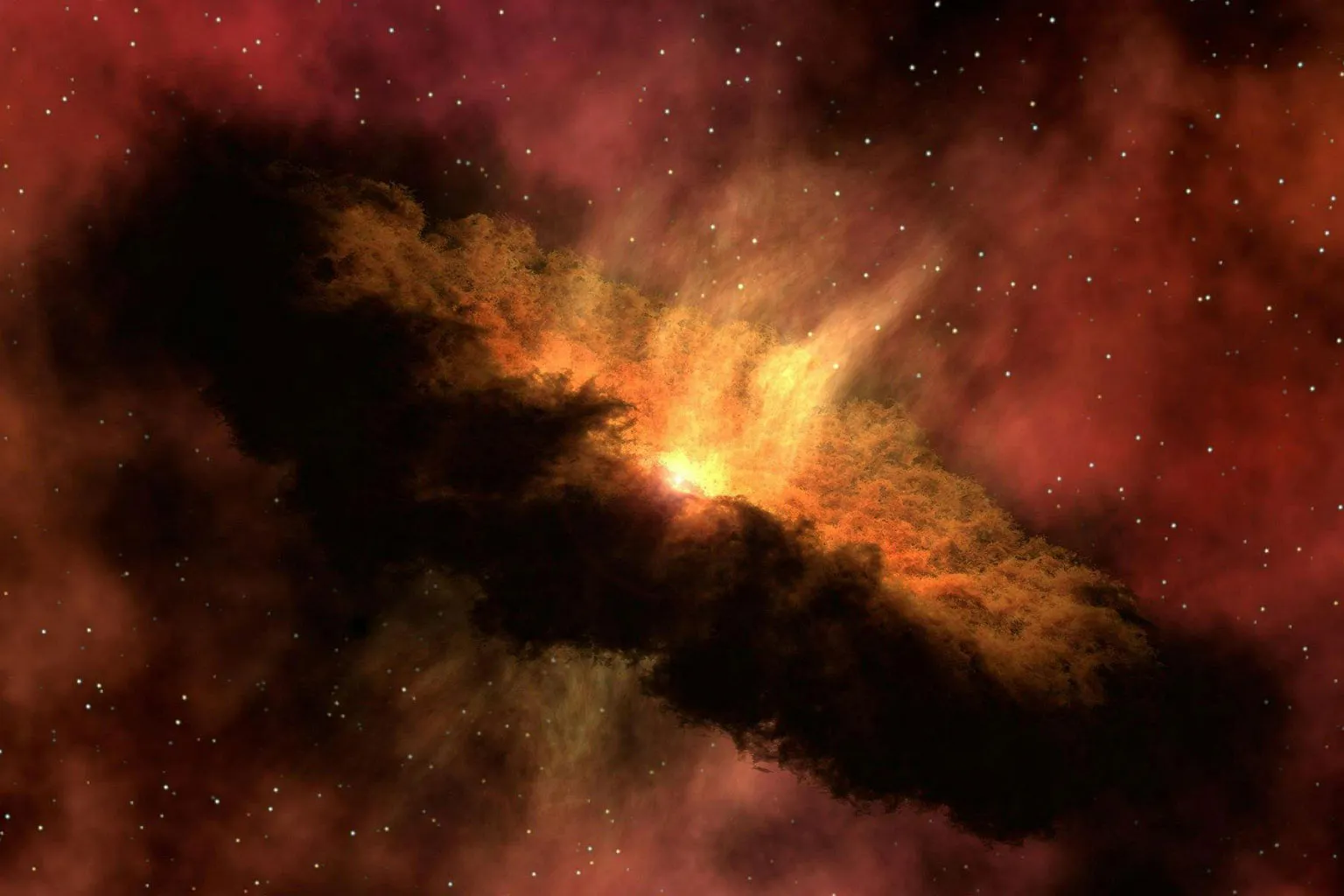
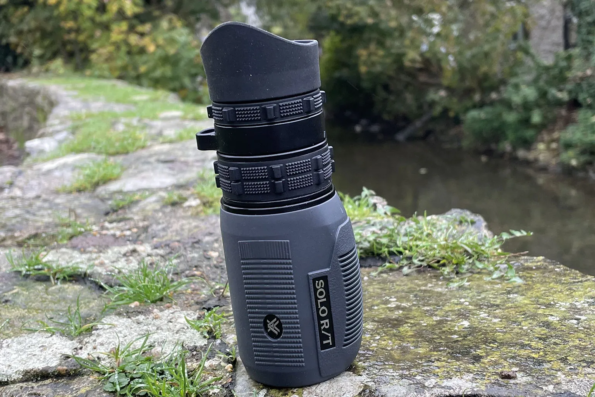

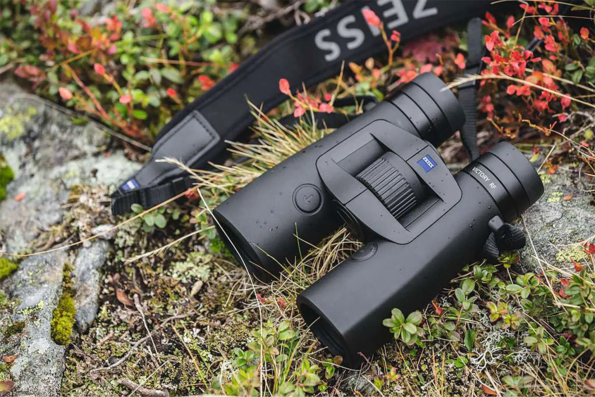

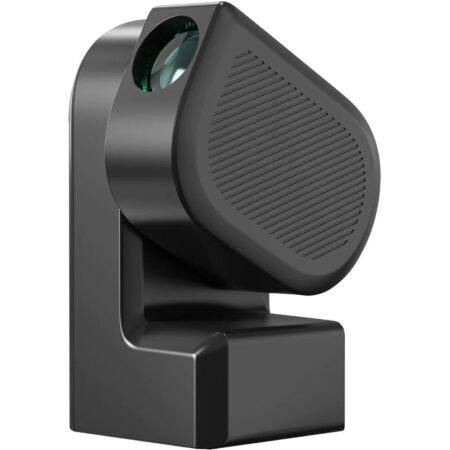
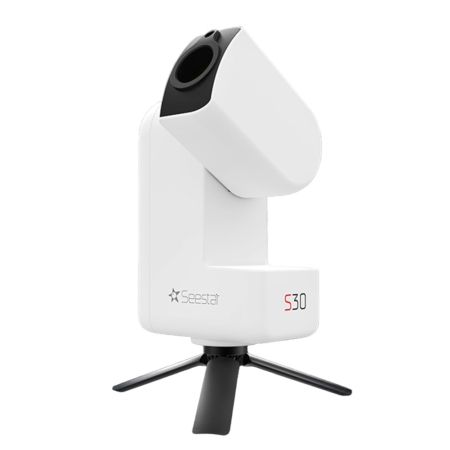
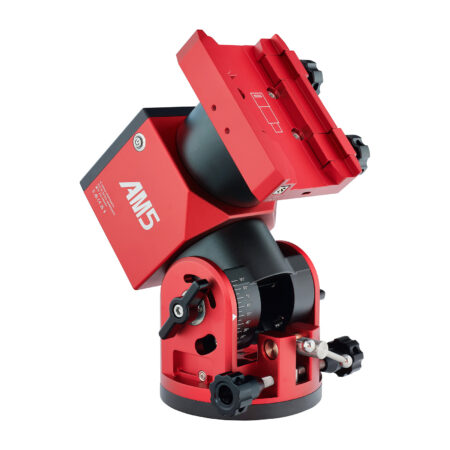
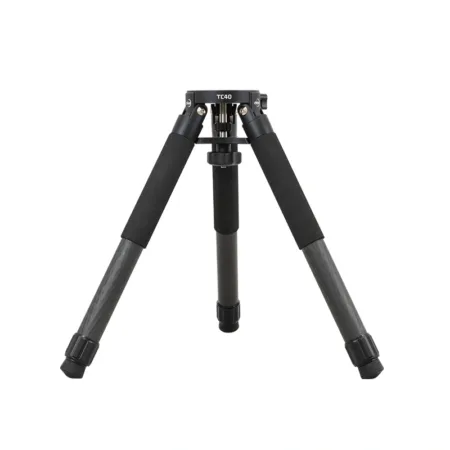
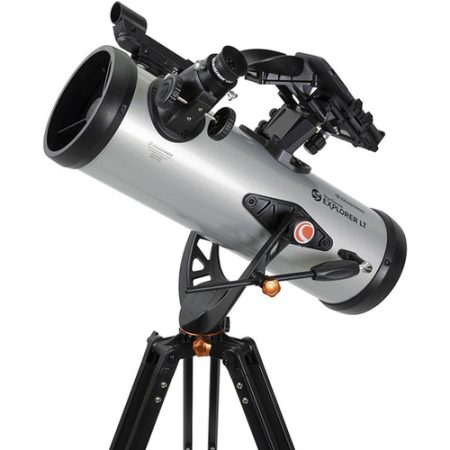
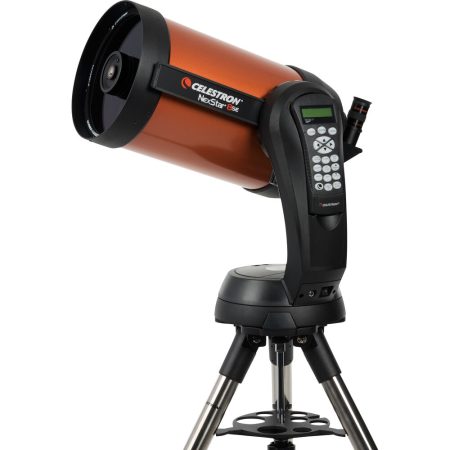
No Comments